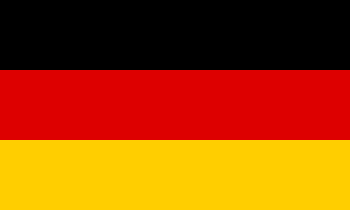
The German language belongs to the Indo-Germanic group of languages, specifically West Germanic. It is the official language of Germany and also one of the official languages of Austria, Switzerland, Lichtenstein, Belgium, Luxembourg, and parts of Italy. With worldwide migration, a significant German diaspora can be found in USA, Canada, Australia, New Zealand, Mexico, Argentina, and South Africa spreading the language in these countries. The number of German speakers has thus risen to 90-95 million. Apart from this, another 10-15 million speakers consider German as their second language. 75 to 100 million students study the language as their chosen foreign language.
Like in English, the German alphabet too has the same 26 letters with the addition of ä, ö, ü, and ß. These denote the frontalisation of back vowels (ä, ö, and ü) and ß is a sound that is an amalgam of the ‘s’ and ‘z’ sounds (‘eszett’), mostly in the lowercase. There’s a minor variation in the German used in Switzerland and Lichtenstein where the ß is not used at all. Before the advent of the printing press, the ä, ö, and ü sounds were indicated by placing an ‘e’ after the vowel. Nouns and nominalised words are capitalised in German. A distinctive aspect of the language is its compound words where two or more words are joined together to form a new long word. For instance, Abflugzeit in which Abflug means departure and Zeit means time.
The first records of German in its original form were found as far back as 1st century BC. However, the language evolved over the years and the form that resembles the present-day High German came around 6th century AD. At the time, Germany comprised several states with dialects of their own. This necessitated the creation of an umbrella language that was able to coalesce all dialects and unite the users of the language. The writers of the time too started using the High German popularising the language.
The two main kinds of German are High German or Hochdeutsch and Low German or Plattdeutsch/Niederdeutsch. High German is the precursor to the present-day language used for literature, education, and administration. It is used mostly in the southern and central parts of Germany besides Austria and Switzerland. The usage of Low German, the language of lowlands in northern Germany, has considerably reduced. This dialect is quite similar to Scandinavian languages. There is not much literature written in the language. Very few households use the language now with most adopting High German as their main language.